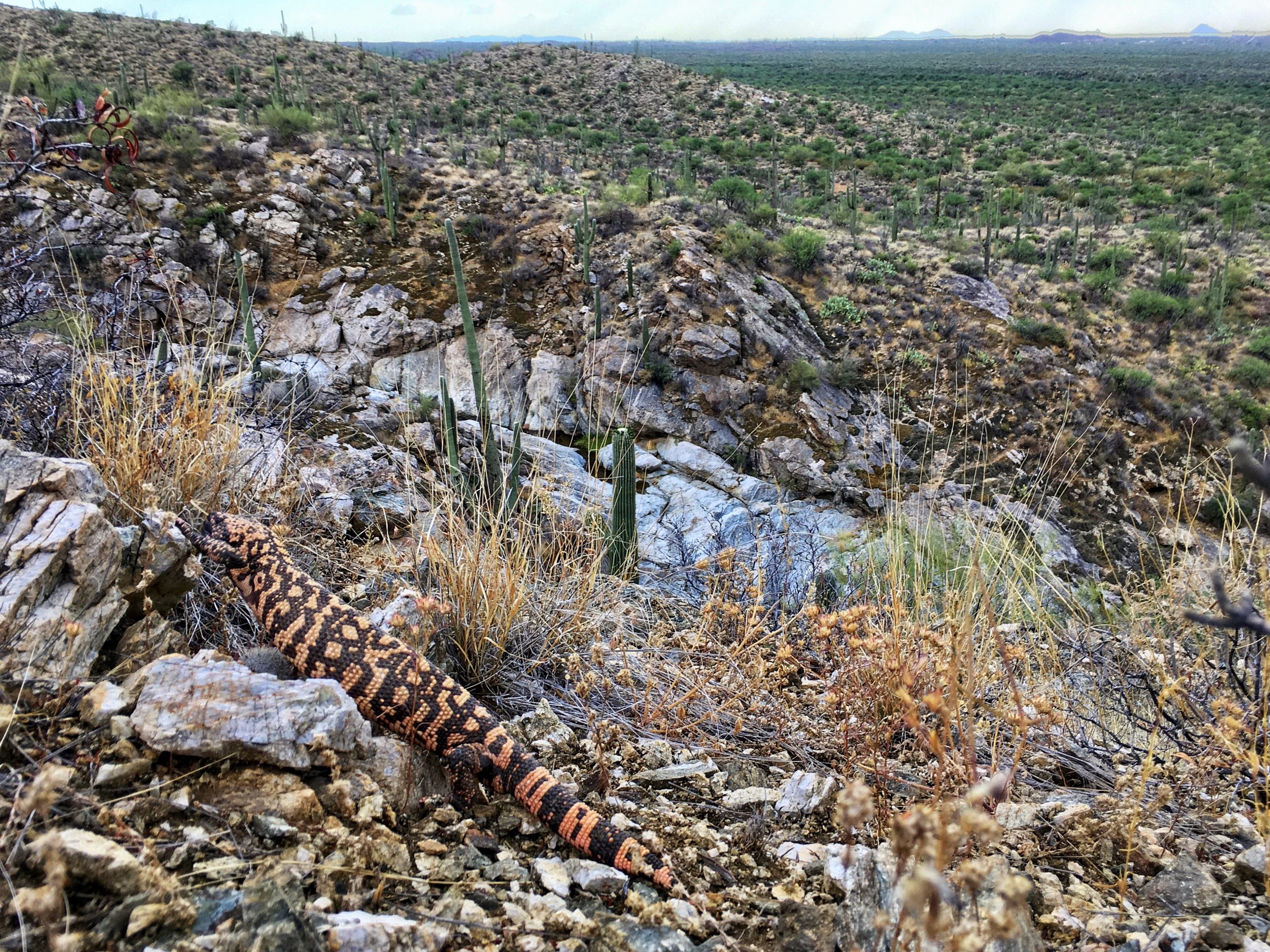How to Visit Baaj Nwaavjo I’tah Kukveni National Monument
Surrounding the Grand Canyon, the Baaj Nwaavjo I’tah Kukveni – Ancestral Footprints of the Grand Canyon National Monument encompasses roughly one million acres of breathtaking landscapes and contains unique ecosystems that support a range of wildlife and vegetation. The monument is one of America’s newest so the infrastructure surrounding trails and camping is still developing. National monuments often boast less development than other protected areas, but what they lack in gift shops they make up for in raw natural beauty.
Lucky visitors may glimpse bighorn sheep or even the endangered California condor. Thankfully, this area’s status as a national monument preserves the environment and ensures that all who wish to come can. The Baaj Nwaavjo I’tah Kukveni – Ancestral Footprints of the Grand Canyon National Monument is of hundreds of thousands of acres of pristine land that await those who wish to experience it.
How to Visit
The Baaj Nwaavjo I’tah Kukveni – Ancestral Footprints of the Grand Canyon National Monument allows for hiking, backpacking, fishing, and myriad other outdoor activities. Visitors can embark on a hike through the wilderness or enjoy the land via car (four-wheel drive is advisable). The monument is split into three parcels of land: the south parcel, the northeast parcel, and the northwest parcel. Each is worth visiting.
The Southern Parcel
The Southern parcel is accessible via Tusayan along Arizona State Road 64. From Tusayan springs numerous forest service roads that enter into the monument (maps with forest service roads can be found for free at the Tusayan Ranger Station). Sections 35-37 of the 800-mile Arizona Trail also cut through the area, exiting the monument near Tusayan. For hikers looking for a shorter trip, the southern parcel is home to dozens of trails, such as the Red Butte Trail and Vishnu Trail.
For those looking to spend the night, accommodations can be found in Tusayan, or for the more adventurous, dispersed (free) camping is available within the monument.
To read the rest of the article online, click here.












